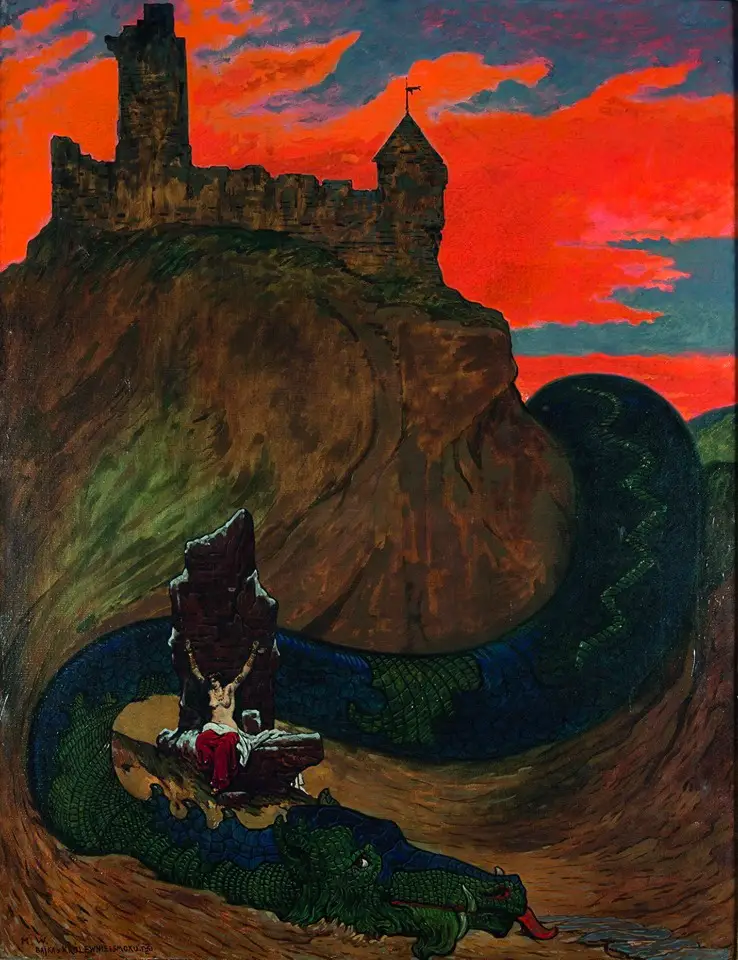Tag: Divine Puer
The symbolism of the double serpent and the "guardian of the treasure"
Within the vast mythical corpus concerning the ophidic symbolism there are some mythologems, recurring all over the world, conveying certain initiatory knowledge whose universality goes beyond the spatial and chronological boundaries, such as that of the double serpent (Caduceus of Mercury, Iga and Pingala), that of the serpent who, standing beneath the worlds or surrounding the earth in the form of Ouroboros, holds the entire cosmic manifestation, and that of the dragon in the function of "Guardian of the treasure" that the hero must subdue and defeat in order to save the "Princess ".
Enigmas of the Mediterranean: the Guanches, the 'Peoples of the Sea' and Atlantis
An attempt at classification (cultural, anthropological and genetic) of the mysterious population of the Guanches, ancient inhabitants of the Canaries, and a look at the Hellenic myths concerning the "Fortunate Islands" and the 'mythical' war against Atlantis
The primordial and triple god: esoteric and iconographic correspondences in ancient traditions
di Marco Maculotti
In ancient traditions around the world we find reference to a god of origins, who came into existence before all else, creator of all that is manifest and equally of all that is unmanifest. The most disparate mythical traditions depict the primordial god as containing all the potentials and polarities of the universe, light and darkness, spirit and matter, and so on. For this reason, he is often represented with two faces (two-faced Janus) or even with three (Trimurti Hindu). However, more often than not he is considered invisible, hidden, difficult to represent except in an allegorical, esoteric form, which often refers to the union of the luminous and fiery principle, 'masculine', with the dark and aqueous, 'feminine' . In the traditions of the whole world, this primordial god is not honored with a cult of his own, since it is believed that he now lives too far from man and human affairs do not concern him: for this reason, this maximum deity is often spoken of as of a deus otiosus.




